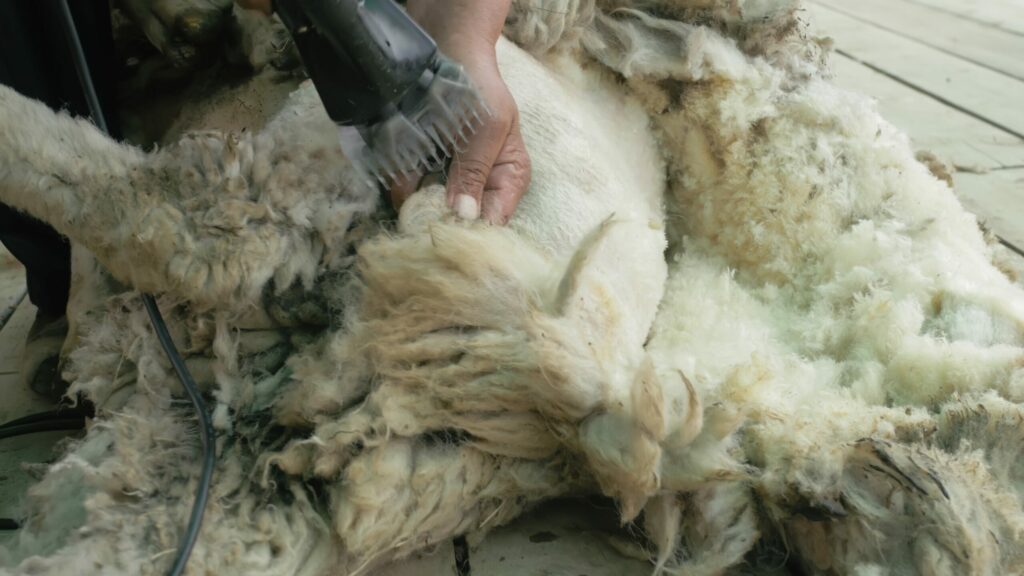Buyers compete for wool as prices lift to £1.18kg at auction
 © ivandanru/Adobe Stock
© ivandanru/Adobe Stock British Wool recently reported the sharpest increase in wool prices of the past decade, as demand from the UK, Europe and China picks up.
Wool prices surged at auction on 7 October, with average wool values up by 22% compared with the previous month.
Values are also up considerably on the year with wool averaging £1.18/kg at the most recent auction compared to an average price of £1/kg in 2024 and 82p/kg in 2023.
See also: Wool prices up, but farmers say it’s still not enough
Farmers with wool on farm are now being urged by industry to sell it ahead of winter to maximise potential returns.
The typical return per fleece for farmers lifted across the board in 2024, with Romneys, Mules and Cheviots leading the way at around £1.20/fleece.
However, other fleeces were still trading at below the £1 mark.
Better returns at auction so far this year should lead to prices lifting further again for the 2025 clip.
NFU livestock board vice chairman Oli Lee said: “Sheep producers will be pleased to see prices for such an iconic product reach some of their highest levels in a decade.
“The increases are being driven by a higher quality product than last season due to the dry weather, meaning wool is whiter, strong demand and growing consumer interest.
“With demand currently strong, we support British Wool’s call for producers who still have wool on farm to send it in or arrange for collection before winter to have a better chance of getting a good price.”
Global demand is currently outstripping supplies, according to British Wool, with price rises also observed in New Zealand.
Andrew Hogley, chief executive at British Wool, said:
“Following some very positive conversations with the trade, our sales team is confident the strong demand will continue throughout the selling season.
“Test results for new-season wool continue to be significantly better than last year for colour.
“And British Wool continues to produce a greater proportion of No.1 grades in the core types.
“Improved prices in the 2024 season encouraged many farmers who had been holding onto their wool, or using it on-farm, to present it for sale this year.”
